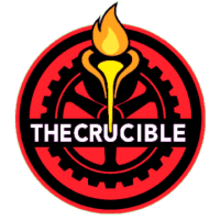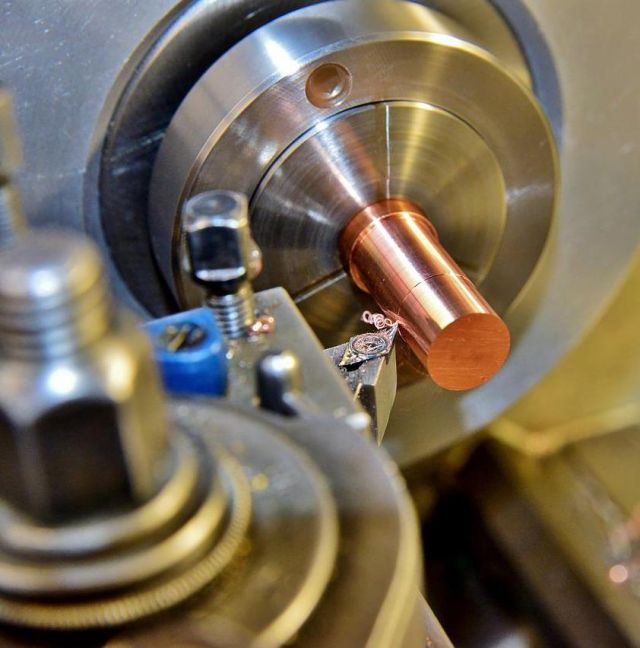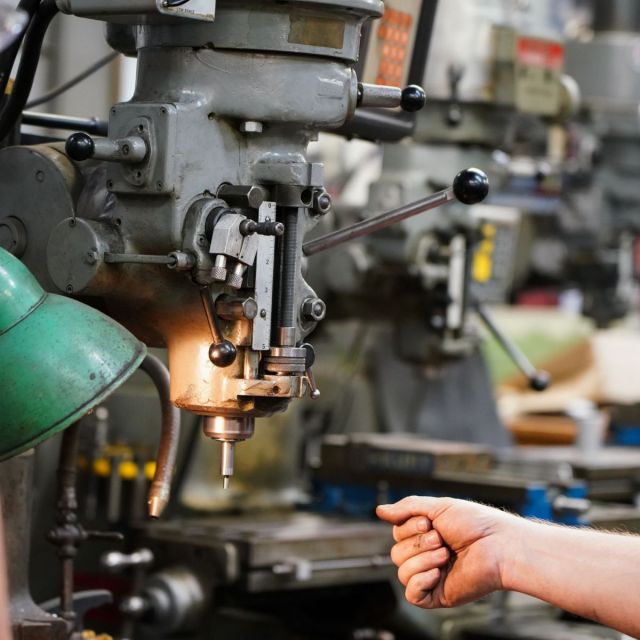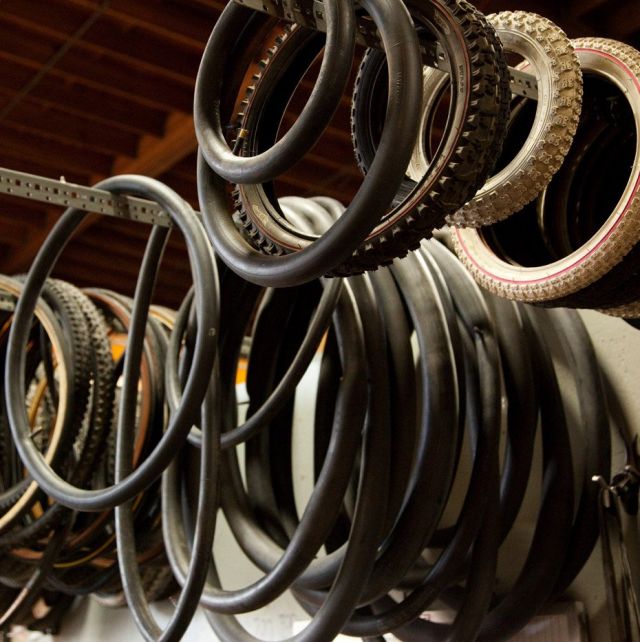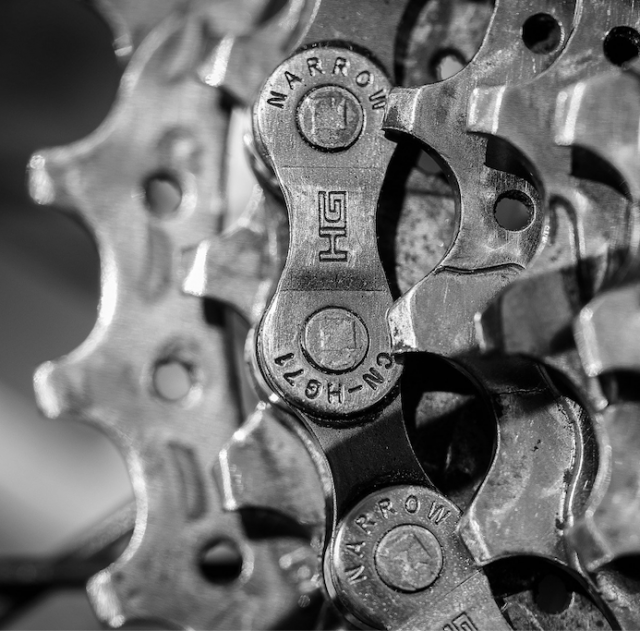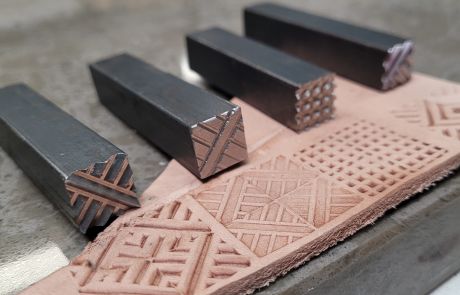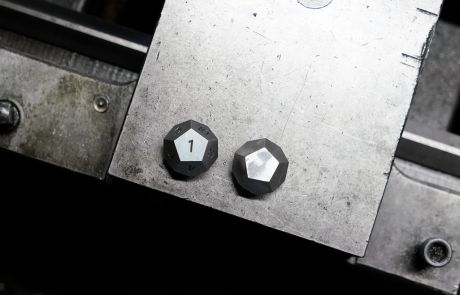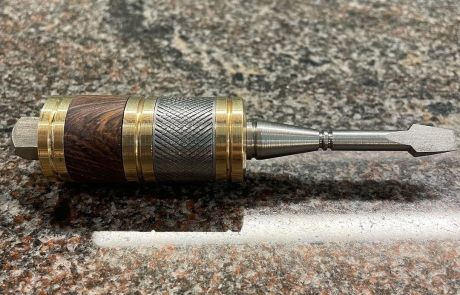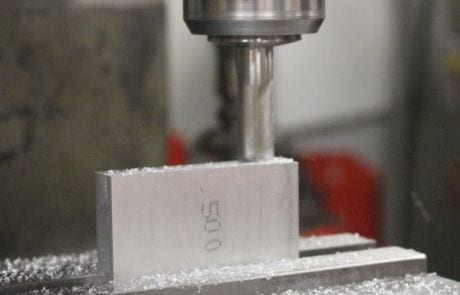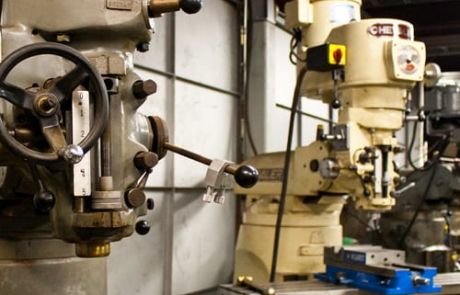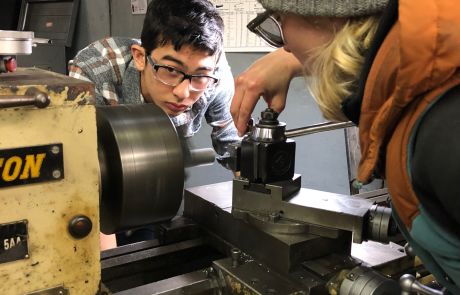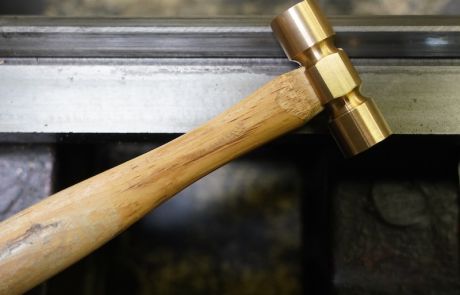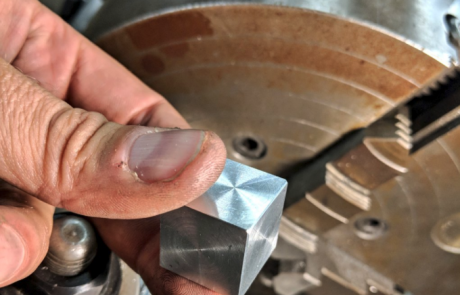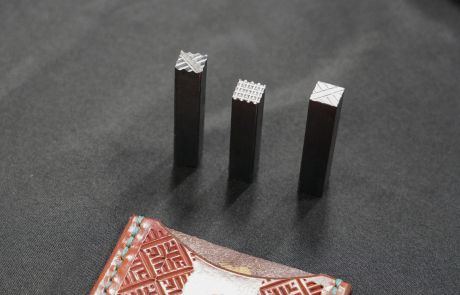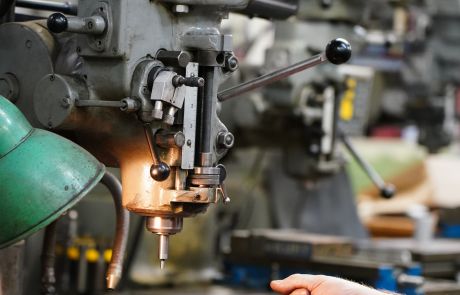MachiningMachine
Guide To Machining
By Kristin Arzt
Machining is a technical and detail-oriented process in which material is cut into a final shape and size to create parts, tools, and instruments. Machining is typically used to shape metals, though it can also be used on a variety of other raw materials. Machine shops utilize equipment and tools like mills, lathes, and drill presses to cut material and 3D printers to add material.
What is machining?
Machining is the process used to remove material, typically metal, to create parts for machines, tools, transportation, and more. Machine shops and machinists use equipment like lathes, mills, and drill presses to turn material into useful tools using precise cuts.
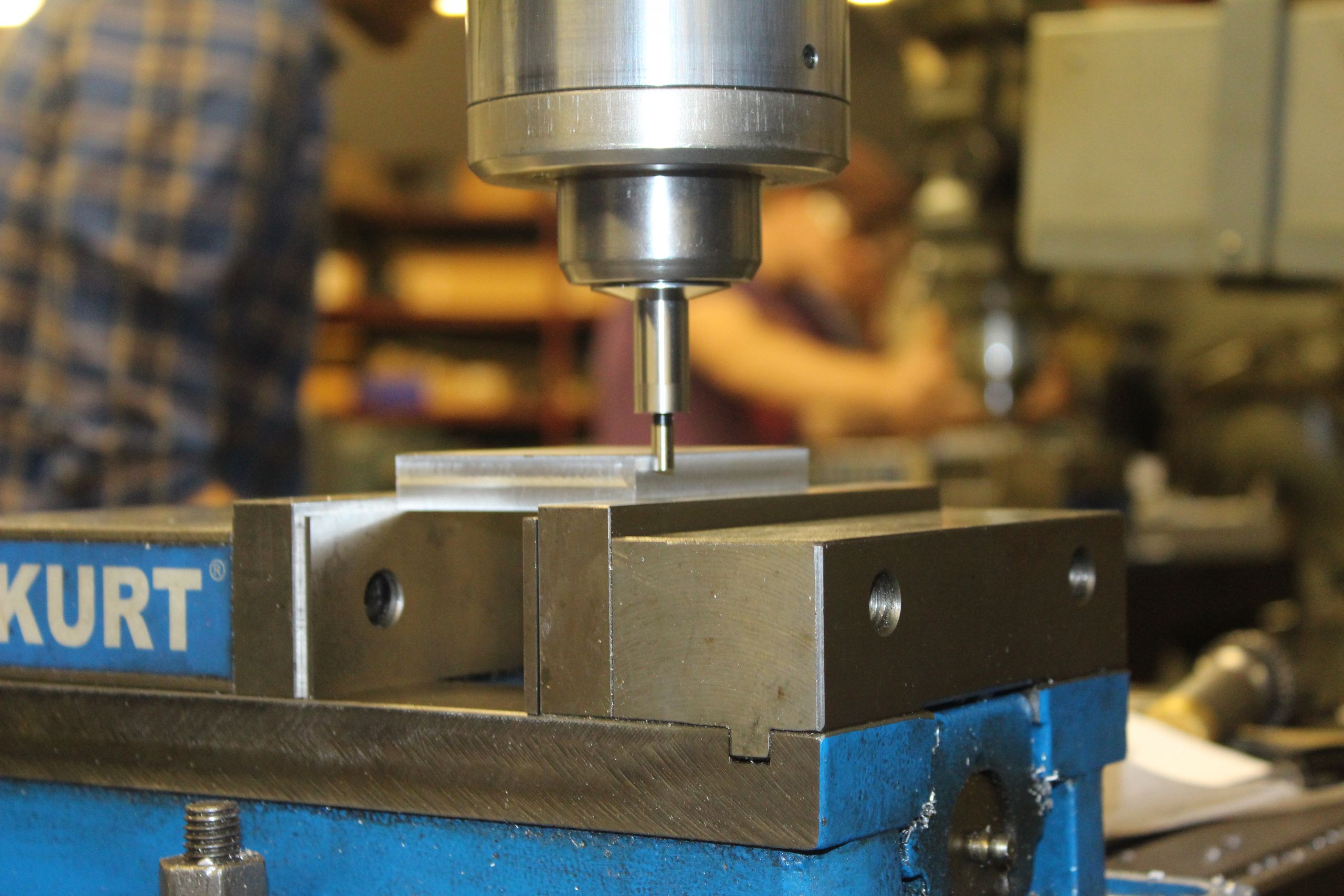
What do machine shops do?
Machine shops use equipment and machines to create tools and parts. These parts need to be strategically cut using a high level of accuracy to fit their specific function and fit the machine they will be used in. Machinists remove material from objects that are made of metal, though machining techniques can also be used on wood, ceramic, and plastic materials. Machining is used on engines, bicycles, appliances, kinetic or mechanical projects, and much more.
What materials can be machined?
Machining is most commonly used to manufacture metal objects, parts, and tools. Metals that can be machined are stainless steel, aluminum, brass, titanium, and copper. Stainless steel is commonly used for precision machining, offering the advantages of strength and resistance to corrosion. Aluminum is lightweight, easy to work with, and inexpensive. Brass is another economical material used for machining, but should not be used in semiconductor products because of the zinc and tin in the material. Titanium is strong, lightweight, and resistant to corroding, however, it is more expensive than other materials and difficult to work with. Copper is a versatile and strong metal and works well as an electrical conductor. Plastics are also used in machining as they are inexpensive and non-conductive. They are commonly used in medical, electrical, and scientific industries.
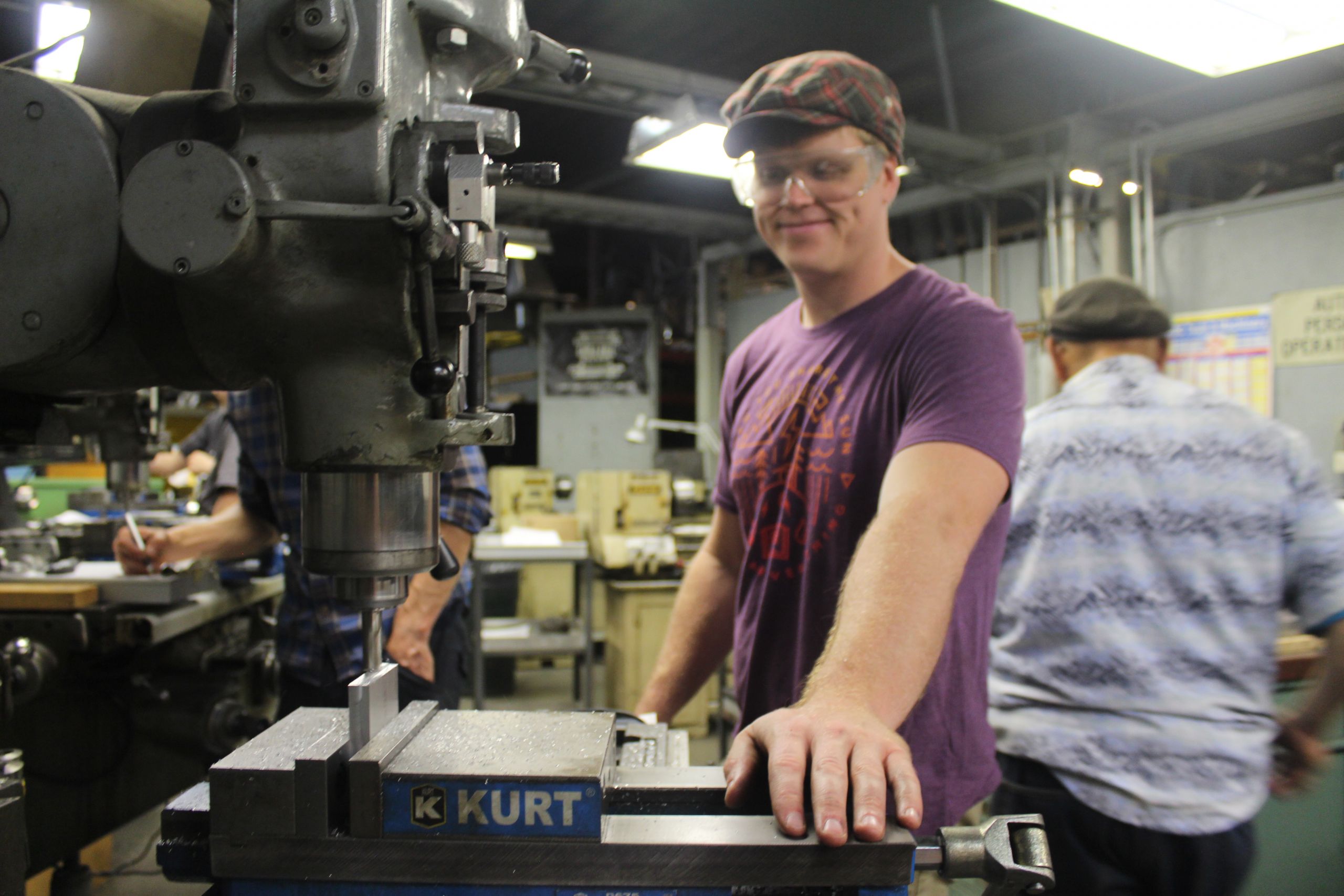
Machining processes explained
Machining is the process of removing material on a workpiece in order to create a precise object or part. The following are the primary processes used to cut and subtract material in a machine shop by a machinist.
Turning
Turning is a process that rotates the workpiece as the primary method of moving metal against the cutting tool. Lathes are the principal machine tool used in turning.
Milling
Milling uses a rotating cutting tool to bring cutting edges to bear against the workpiece. This is the most versatile tool and technique used in a machine shop.
Drilling
Drilling creates a new hole or refines an existing hole using a rotating cutter. Drilling is most commonly done using drill presses, but sometimes drilling tools will be attached to compatible lathes or mills to create holes.
Boring
Boring is one of the most widely used techniques in machining, as it is one of the most reliable ways to finish and enlarge pre-existing holes. This technique provides accuracy and is easily replicated on a workpiece.
Reaming
Reaming is a process that uses a rotary cutting tool to smooth an existing hole in a workpiece. This is a cutting process that removes material, and its primary purpose is to even out the walls of a hole.
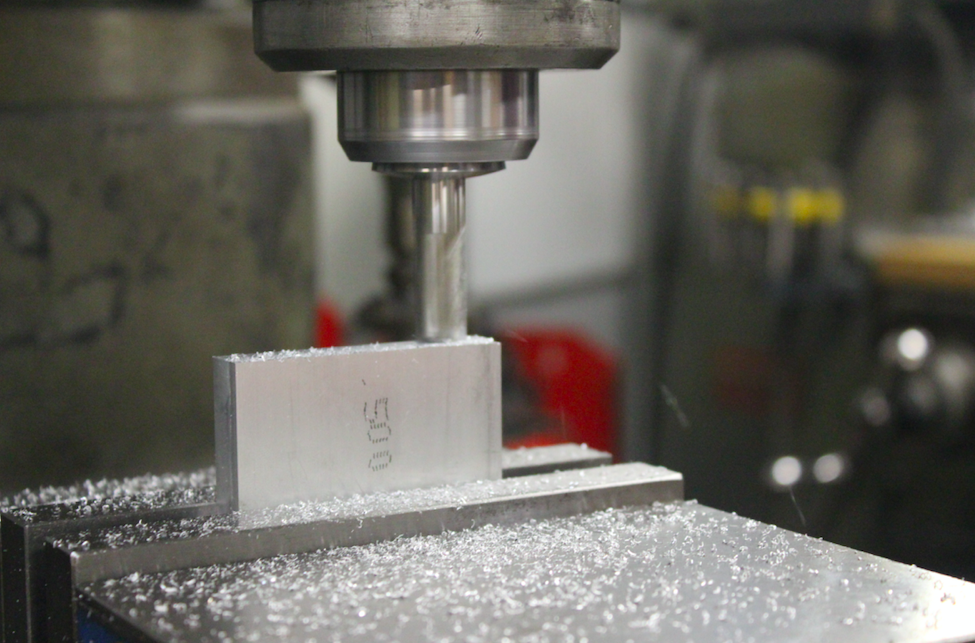
Machining techniques
There are two main techniques when it comes to machining operations: subtractive and additive manufacturing. These techniques are used by a machinist to either take away or add material to a part.
Subtractive
Machining is a prototyping and manufacturing process that creates the desired shape by removing unwanted material from a larger piece of material. Since a part is built by taking away material, this process is also known as subtractive manufacturing.
Additive
Additive machining, also known as 3D printing, is a newer approach to production that enables the construction of a three-dimensional object from a digital model. It allows the machinist to create lightweight and strong parts.
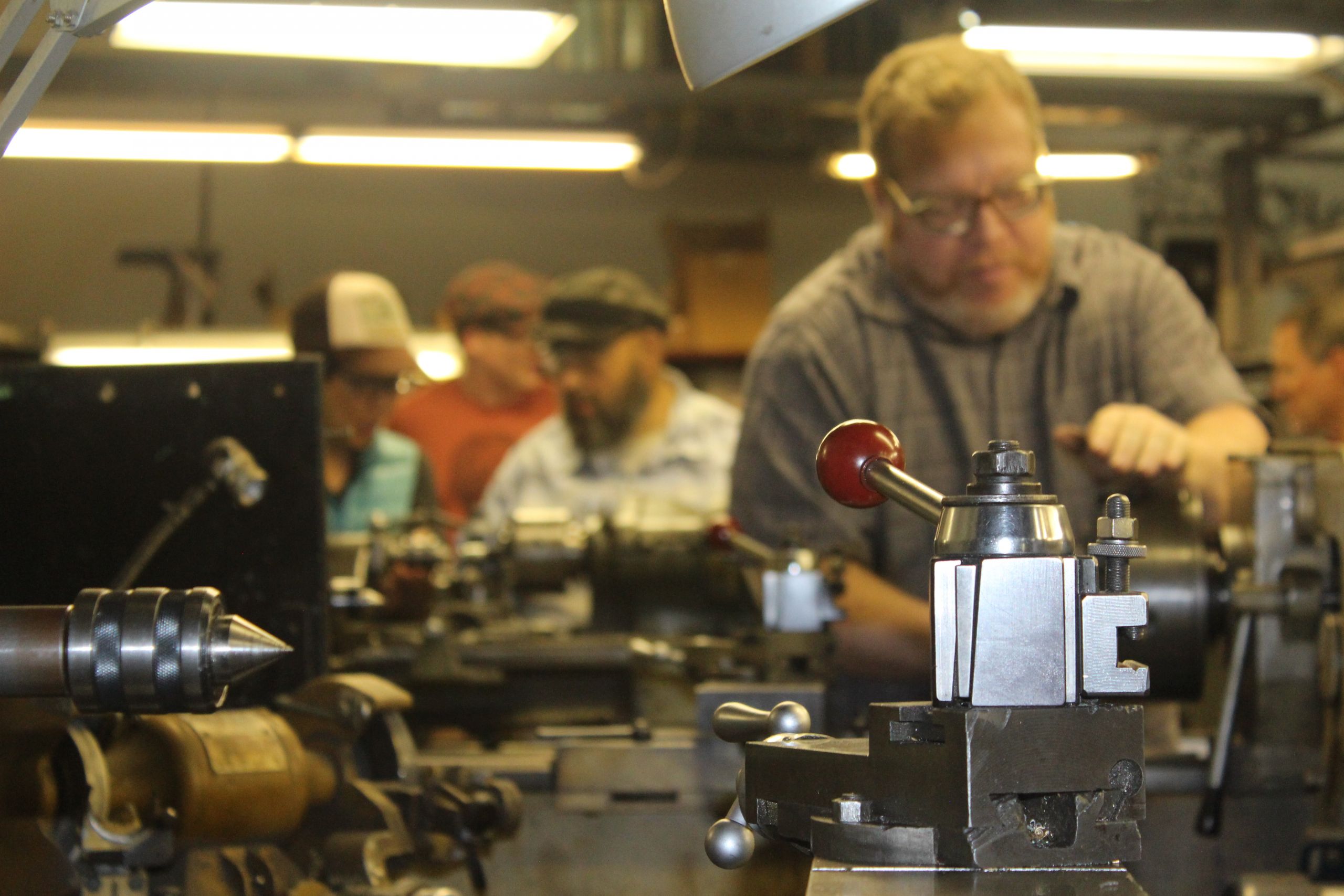
Common machine shop tools
There are many types of machining tools, and they may be used alone or in conjunction with other tools at various steps of the manufacturing process. Some tools in a machine shop have very specific purposes, while others are more versatile and can be used for many different uses.
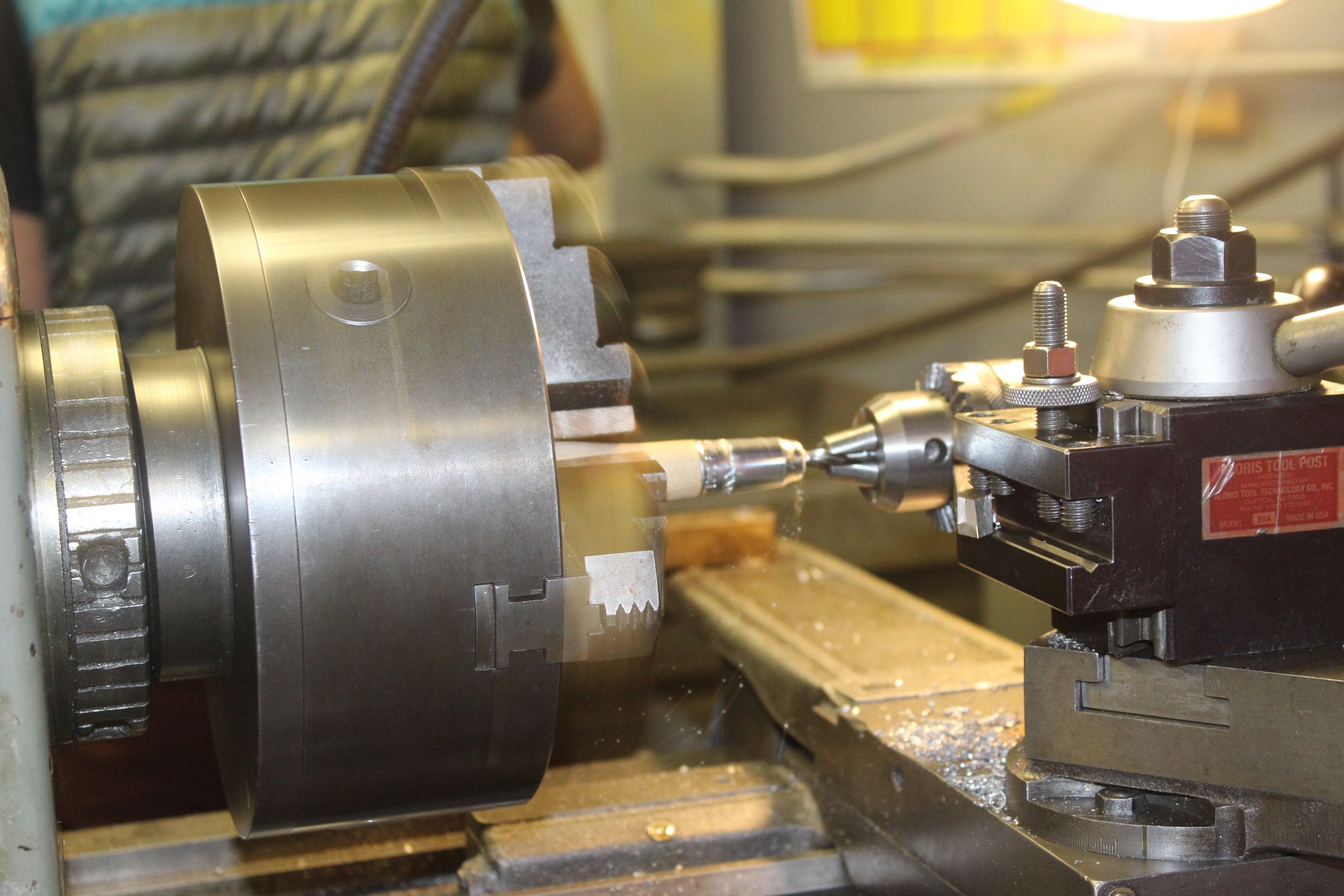
How to learn machining
It is important to first learn machining from an experienced instructor in an established machine shop. At The Crucible, you can learn the secrets of machining to drive sharp cutting tools using lathes, milling machines, and drill presses—and make precise, accurate cuts. Our machine shop offers introductory classes for machinists that are just starting out, and open lab time is available for students to perfect their machining skills and for experienced workers to work on personal projects.
Machining FAQs
What is machining used for?
Machining is used to create precise parts and tools for engines, bicycles, appliances, kinetic or mechanical projects, scientific and medical industries, and much more.
What is hybrid machining?
Hybrid machining combines both additive and subtractive machining processes. This process enables the application of different metals on the same part. This can cut down on material costs and time spent on a single project. The downside of hybrid machining is a high set up cost and substantial investment to install new technology in the machine shop.
What does a machinist do?
Machinists use tools, such as lathes, milling machines, and grinders, to produce parts, instruments, and tools. Machinists work in a machine shop using blueprints, sketches, or computer-aided design (CAD) to create precise objects to be used in machines and mechanical objects.
Is it hard to become a machinist?
It is relatively easy to become a machinist as entry level positions are widely available. Many machinists enter the field after high school and complete a 1-2 year apprenticeship. Machinist’s skills are highly valuable to employers, so there is a high demand for their experience at various manufacturing companies.
